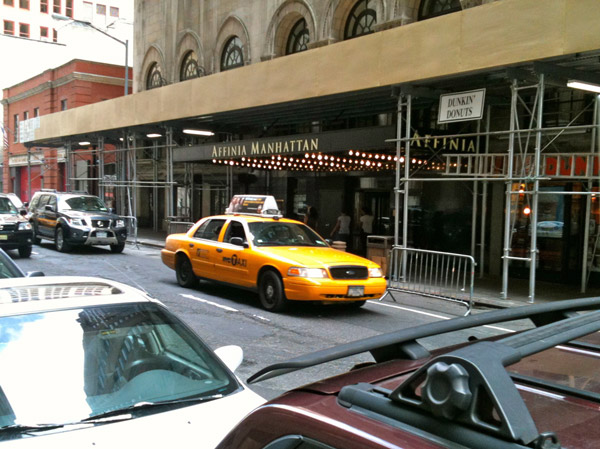Throw your hands in the air!
In our July issue, I open “The Entry Level” by discussing some recent nights spent with my dear friends, Natalie and Nicole, dancing and drinking and laughing at our favorite local bar, Lucky 7, in downtown Jersey City. I go on to discuss the loneliness I sometimes feel when the night is over and the time has come to walk back home, beneath the pale yellow light of streetlamps and through the neon-puddled streets.
I know that sounds sad and all, but, come on, I’m writing about music. I’m trying to be evocative, emotional, musical. When I go on to mention that Sir Mix-a-Lot’s “Baby Got Back” plays over and over in my mind as I walk past Hollywood Fried Chicken, I’m obviously being silly, right? I’m mixing pathos and absurdity to create a fun and interesting read.
Everything I write is true, to some extent, but everything is not necessarily the stuff that makes up reality. I take scenes from my life and bend them, distort and manipulate them, leaving room for insinuation and ambiguity, in order to create compelling stories. I attempt to relate those stories to music and hi-fi. I do it for my own pleasure, and I hope it brings you pleasure, too.
(Don't worry: The stuff I write about sound, however, is all as accurate and straightforward as I can possibly make it.)
Anyway, I think it was my July issue column that got some people talking over at the Audio Asylum, the popular online forum for hi-fi enthusiasts. Regor Ladan started the tread. He wrote:
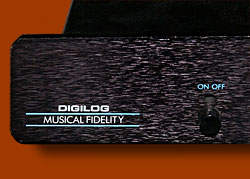 The rapidly evolving world of the late 20th century is the source of much stress. Changes in the status quo, whether wrought by social, political, or technological forces, are often accompanied by anxiety brought on by the struggle to assimilate new patterns of thought. New ideas necessitate abandoning or modifying one's old ideas, thus creating conflict (footnote 1). However, these periods of rapid change can also be exciting, allowing one to chart a course of discovery and growth.
The rapidly evolving world of the late 20th century is the source of much stress. Changes in the status quo, whether wrought by social, political, or technological forces, are often accompanied by anxiety brought on by the struggle to assimilate new patterns of thought. New ideas necessitate abandoning or modifying one's old ideas, thus creating conflict (footnote 1). However, these periods of rapid change can also be exciting, allowing one to chart a course of discovery and growth.

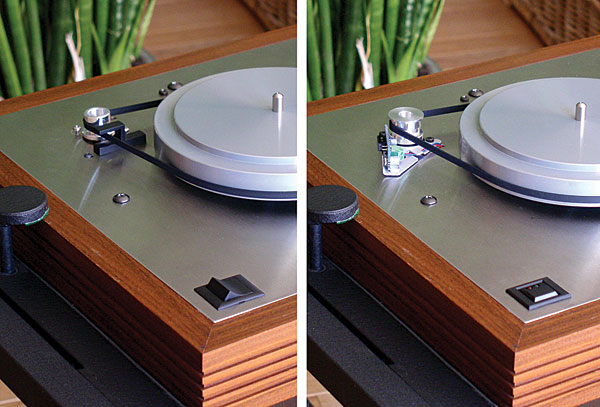
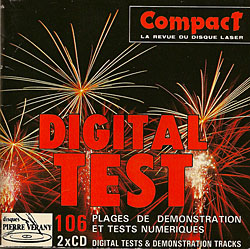 A useful test CD has recently come my way, courtesy of the Stereophile editorial staff in Santa Fe (a copy was provided to each of the contributing equipment editors). Digital Test was produced in France by Pierre Verany (PV.788031/788032, 2 CDs), and is distributed in the USA by Harmonia Mundi. It provides a wide variety of tests and useful musical selections, but the subject of special interest here is its test bands for evaluation of laser-tracking and error-correction capability.
A useful test CD has recently come my way, courtesy of the Stereophile editorial staff in Santa Fe (a copy was provided to each of the contributing equipment editors). Digital Test was produced in France by Pierre Verany (PV.788031/788032, 2 CDs), and is distributed in the USA by Harmonia Mundi. It provides a wide variety of tests and useful musical selections, but the subject of special interest here is its test bands for evaluation of laser-tracking and error-correction capability.
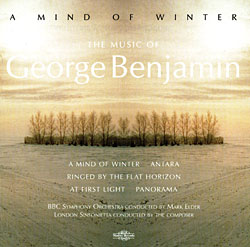 Getting on two years ago, in an effort to identify the best bargains for music lovers on a budget, I wrote a series of columns exploring the field of affordable loudspeakers and CD receivers. I hadn't planned to revisiting that topic so soon, but two developments have convinced me to: first, my encounter with one of the most idiosyncratic budget loudspeakers ever to grace my listening space, and in some ways is a new benchmark for performance vs price, especially for classical-music fans; and second, the advent of a new product category: Affordable Internet-Radio-Capable CD Receivers with Built-in WiFi and USB Connectivity.
Getting on two years ago, in an effort to identify the best bargains for music lovers on a budget, I wrote a series of columns exploring the field of affordable loudspeakers and CD receivers. I hadn't planned to revisiting that topic so soon, but two developments have convinced me to: first, my encounter with one of the most idiosyncratic budget loudspeakers ever to grace my listening space, and in some ways is a new benchmark for performance vs price, especially for classical-music fans; and second, the advent of a new product category: Affordable Internet-Radio-Capable CD Receivers with Built-in WiFi and USB Connectivity.

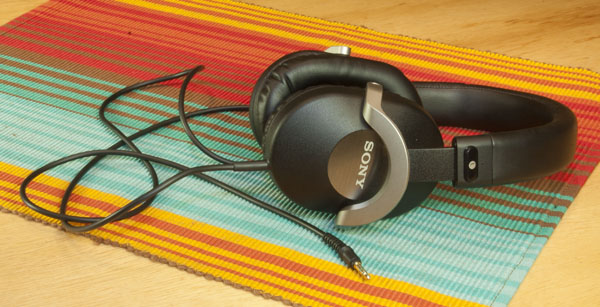

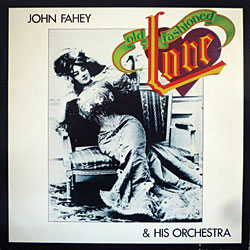 Natalie was either impressed by my impeccable taste in music or high on Brussels sprouts: At some point during the meatloaf dinner at my place (see last month's column), with a smile so wicked and dazzling it could knock a stylus from a groove, she asked if I would be the DJ at her next house party.
Natalie was either impressed by my impeccable taste in music or high on Brussels sprouts: At some point during the meatloaf dinner at my place (see last month's column), with a smile so wicked and dazzling it could knock a stylus from a groove, she asked if I would be the DJ at her next house party.
